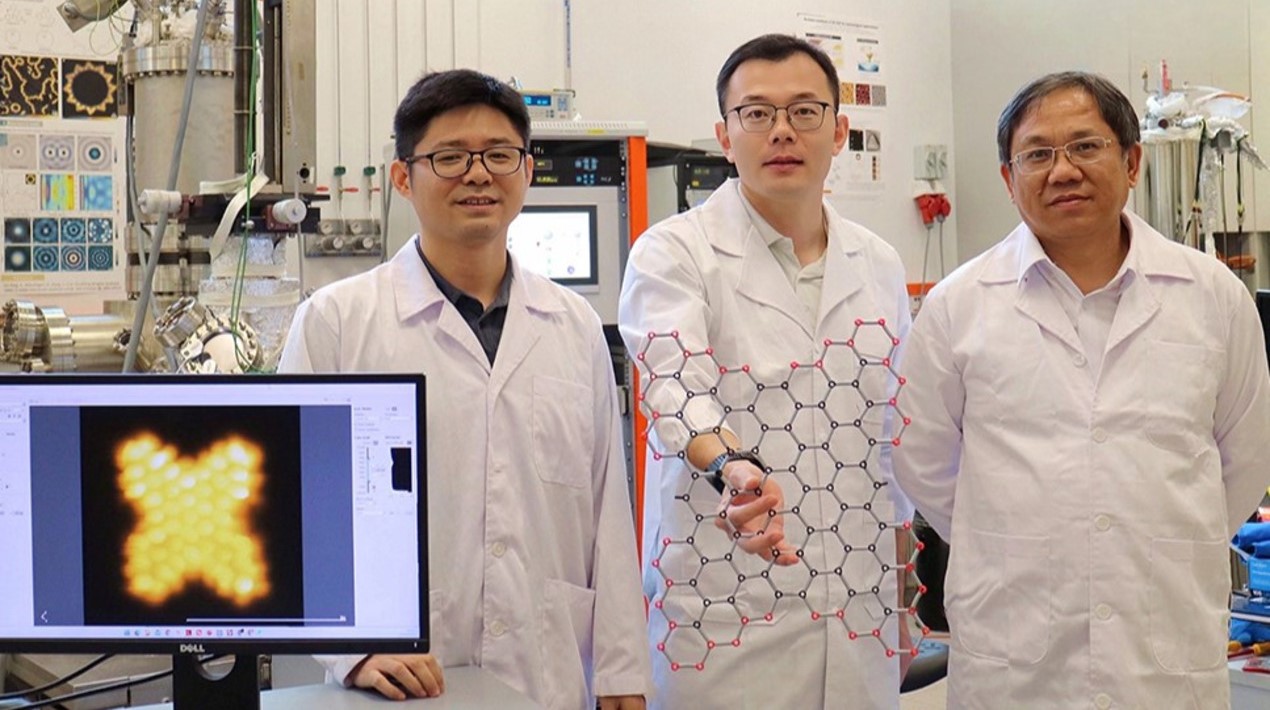
Vietnam’s Deputy Minister of Information and Communications, Pham Duc Long, highlighted the country’s recent focus on developing digital infrastructure, including significant investments in data centres and cloud computing. These efforts are aimed at driving national digital transformation and enabling the delivery of digital services to advance the digital economy and society.
At the 31st meeting of the Asia Pacific Telecommunity (APT) Wireless Group in Hanoi, Long emphasised that the world is currently confronted with a range of complex issues in the era of wireless devices. APT, in response, is committed to collaborating with member countries to address these problems and effectively overcome the associated challenges.
During the discussions, participants delved into various significant management-related topics. These included potential frequency bands for 6G technology, the effective management of broadband satellite beams, expanding wireless internet coverage through band extensions, and the advancements and implications of 5G technology.
The event serves as a forum for management agencies, organisations, and businesses in the fields of frequency and wireless to discuss and update research activities in the region and around the world. Among the topics discussed, Vietnam is particularly interested in the implementation of new technologies, frequency planning, and trends in the selection of appropriate bands and technologies.
The meeting was held in a hybrid format. The event saw the participation of more than 500 delegates who are leading experts in the field of wireless in the region and the world from member countries, corporations, and large domestic and international telecom enterprises.
In April, the Ministry of Information and Communications (MIC) announced an auction for frequencies in the 2300-2400 MHz waveband, which will enable network operators to advance their 4G and 5G technologies. The starting price for this waveband was VND 12.88 billion (US$ 548,481) per MHz per annum, and each company had the opportunity to bid for 30 MHz. The companies are allowed to use the wavebands for 15 years for 4G and 5G purposes.
Both mobile service providers and other telecommunication companies were able to participate in the auction if they met the requirements. This means that new players using 4G and 5G technologies entered the mobile market. Companies that do not currently possess licenses for telecom services were also permitted to submit applications to the MIC for consideration and evaluation of their eligibility to participate in the auction.
As OpenGov Asia reported, upon successfully winning the auction and paying the fees in full and on time, the businesses were awarded licenses to use frequencies and offer telecommunication services. Companies that participated in the auction for the right to use radio frequencies in the 2300-2400 MHz waveband were able to establish networks and provide telecommunication services that use IMT-Advanced (4G) or IMT-2020 (5G) technologies.
5G technology offers several benefits that can transform communication, work, and life overall. With its faster data transmission speeds, lower latency, and higher network capacity, 5G can provide seamless connectivity for a wide range of applications, from virtual and augmented reality to autonomous vehicles and smart cities. Digital infrastructure is among the government’s top priorities. Vietnam has set a target to be among the top 30 nations with the most advanced and robust digital infrastructure by 2025. Vietnam’s next wave of socio-economic development will come from innovation, science, and technology, driven by the digital economy.
















